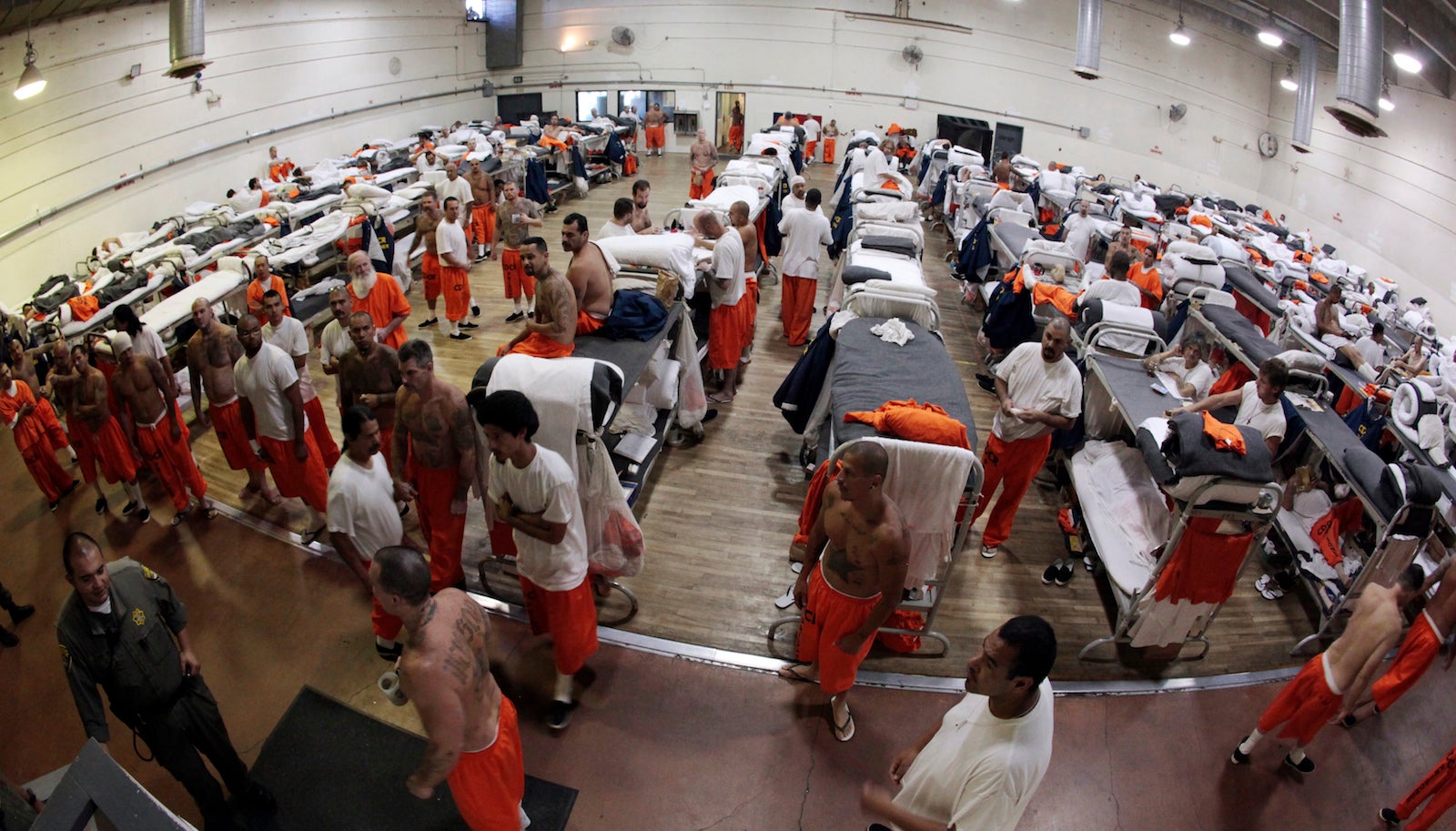Prison reform is making life inside prison worse, not better
In 1978, an inmate stapled my ear back together. It had been almost torn off by a slamming cell door in the Texas prison where we were both incarcerated, and by stapled, I mean he used one of the $4 devices you get at Office Depot. Administered by untrained inmates and overseen by guards, this was basic medical care in Texas prisons before 1980, when Judge William Wayne Justice finally ruled in Ruiz v. Estelle that Texas prison health care violated the 8th Amendment.


In 1978, an inmate stapled my ear back together. It had been almost torn off by a slamming cell door in the Texas prison where we were both incarcerated, and by stapled, I mean he used one of the $4 devices you get at Office Depot. Administered by untrained inmates and overseen by guards, this was basic medical care in Texas prisons before 1980, when Judge William Wayne Justice finally ruled in Ruiz v. Estelle that Texas prison health care violated the 8th Amendment.
Still incarcerated for robbery in late 2007, I tore my triceps while playing handball. A softball-sized hematoma immediately mushroomed above my right elbow, as the muscle contracted. My entire right arm turned a sickening rainbow of purple, green, and red from internal bleeding. Five days later, I was sent to John Sealy Hospital, one of two correctional health-care providers for the Texas Department of Criminal Justice (TDCJ). There, I was told I had a sprain. I had been granted parole for early 2008 and it was implied that if I sought more detailed care, it could jeopardize my release. I rehabbed my arm in my cell and left prison reasonably intact, scarred ear and withered triceps notwithstanding.
It was no surprise to me that the Feb.19 protest at the privately-run Willacy County Correction Center in Raymondville, Texas, reportedly was prompted by abysmal medical care. Or that more than 2,000 men would torch their own living quarters and subject themselves to tear gas and violent reprisals just to be heard. The fact is that horrific living conditions are both common and commonly ignored in all US prisons, while privately-run prisons cut corners on everything from staff to toilet paper, in order to turn a bigger profit.
The Willacy CCC protest was actually the third major revolt reported at a Criminal Alien Requirement (CAR) facility since 2008, points out Bob Libal, executive director of Grassroots Leadership, an organization that advocates against for-profit incarceration. Grassroots Leadership has long chronicled the all-too-often violent history of privately-run prisons, but few in the public or government actually listen to the organizations that scramble to monitor and report on overall prison conditions. Living environments protested by Willacy prisoners—like cramped living quarters, sewage-contaminated showers and drinking water, vermin- and bug-infested food, and solitary confinement misused as punishment merely for speaking out—had already been described as problems in privately-run immigrant prisons by a 2014 ACLU report, to little effect.
The US prison reform tsunami that began in 1964 with the Supreme Court ruling that prisoners have the right to sue over prison conditions seems to have faded after Ruiz v. Estelle. Since 1980, the US prison population has increased ten-fold, from 200,000 in 1973 to 2.2 million in 2009. Americans may be only 5% of the world population, but we now have a quarter of the world’s prisoners.
For-profit companies like Corrections Corporation of America, or GEO Group, or Management and Training Corporation lobby for half-billion dollar contracts awarded by the Federal Bureau of Prisons, but they also operate at the state level, managing all aspects of institutions that house individuals convicted of violating state laws. Many prison-management companies stay in business by inserting minimum occupancy clauses in their contracts, which guarantee that private prison beds stay full and the money keeps flowing, even when crime drops and public-prison beds become available.
For years, conditions in state prisons have deteriorated. Attempts at prison reform have coalesced around a conservative-dominated coalition of the left and right, called “Right on Crime,” which aims to prune prison populations by diverting individuals who commit certain low-level crimes—like drug or property offenses—into probation instead of prison beds, while consigning others to long-term sentences with reduced chances of parole, slashed programming, and no oversight.
Right on Crime reforms are driven by a desire to have more people on supervision, paying for their own technological monitoring, reentry services, and probation and parole fees. This emphasis on diversion, probation, and rehabilitation is positive, in that individuals who commit crimes driven by addiction will receive treatment, if they can afford the fees. However, the willingness to dismiss the men and women who cannot pay, or who did not qualify, as unworthy of rehabilitation has led to a disregard for how those people are treated in prison.
The Willacy CCC uprising was a protest against conditions that are the direct consequence of explosive growth in the prison-management industry, and of a growing false divide between more and less “deserving” convicts. Along with mass incarceration has come the rise of super max units, prison privatization, and the commodification of prisons as a way to earn profit. The rush to create distinctions between prisoners has left us with the notion that those we release are worthy of second chances, and those left behind are worthy of misery. We must remember they are all human beings, all worthy of dignity and respect. If not, we deny what Judge Justice affirmed in his Ruiz v. Estelle opinion: that “these iniquitous and distressing circumstances are prohibited by the great constitutional principles. That no human being, regardless of how disfavored by society, shall be subjected to cruel and unusual punishment…”